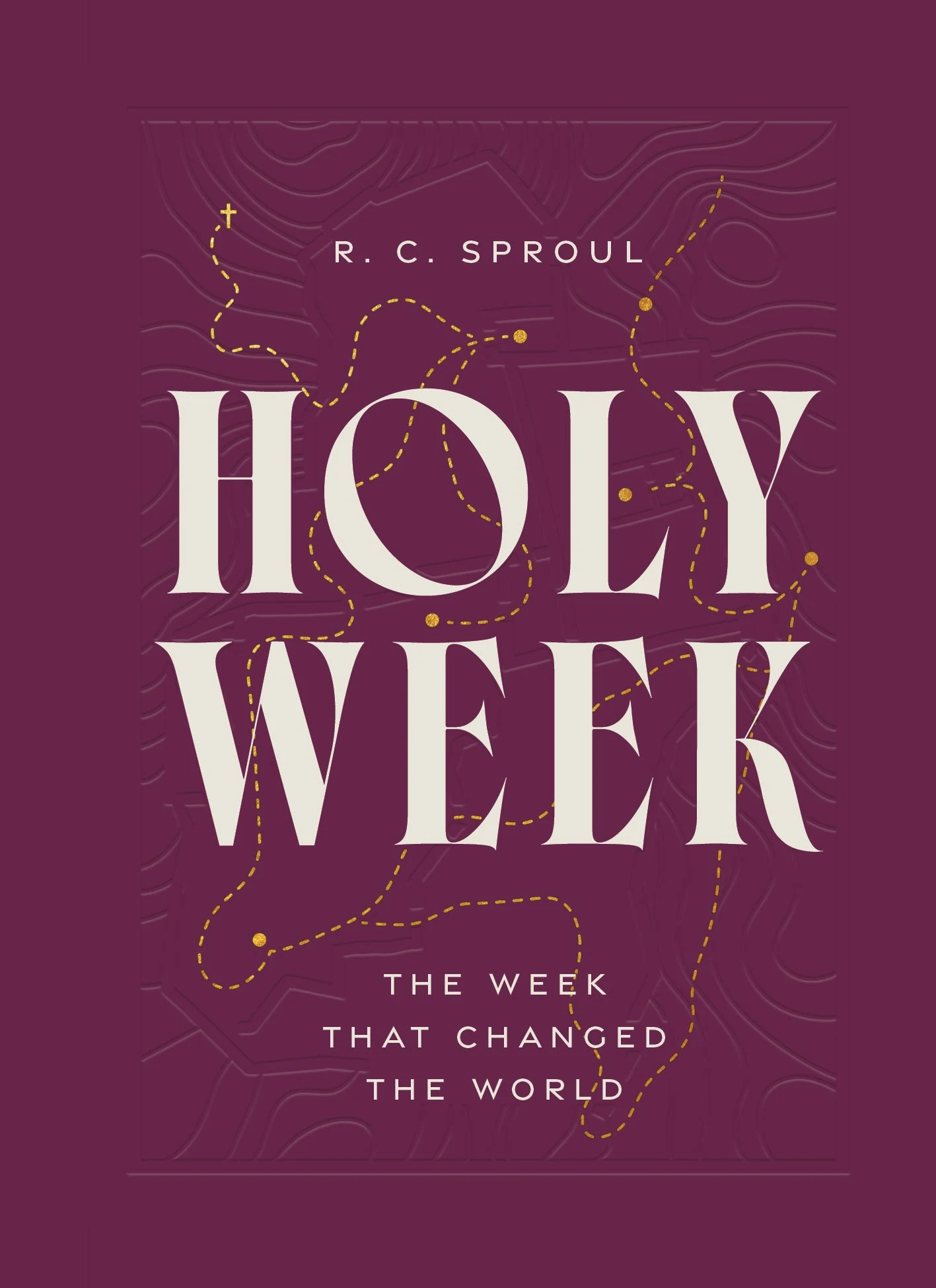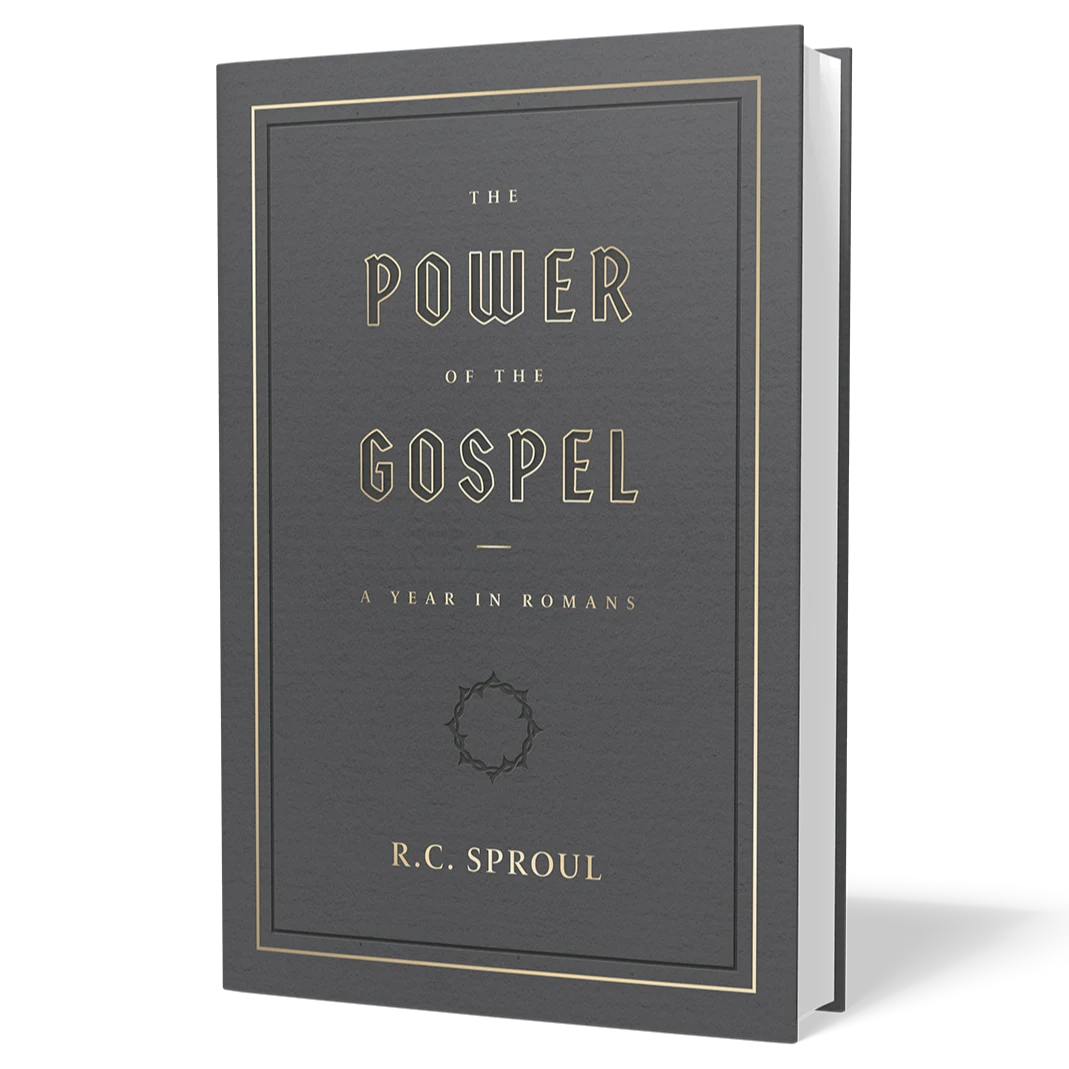What Happened on Saturday?

Jesus was crucified on Good Friday and was buried that same day. He was then raised from the dead on Easter Sunday. That brings up an important question: What happened between Friday and Sunday?
After Jesus was crucified, His friends asked for His body so that they could give Him a proper Jewish burial. Pontius Pilate granted that request and turned the body of Jesus over to Joseph of Arimathea and Nicodemus. Joseph of Arimathea gave his tomb to pro-vide a suitable grave for our Lord.
This fulfilled the Scriptures that the Messiah would make His grave with the rich because there was no deceit on His lips or any violence in His life (see Isa. 53:9). It also fulfilled the Old Testament prophecy that not a single bone of His body would be broken, so that when He died, care was taken in the disposal of His body (see Ex. 12:46; Num. 9:12; Ps. 34:20).
Jesus’ body was carefully laid in this grave after being wrapped in strips of linen and anointed with a hundred pounds of spices. When He was laid to rest in the tomb, Mary Magdalene and her friends stood vigil outside the tomb. They wanted to make sure that they knew where He was laid so that they could visit the tomb after the Jewish Sabbath and resume the anointing of Jesus’ body.
Even though Pilate had allowed the body to be given a suitable burial, he nevertheless ordered that the grave be sealed by a gigantic rock. He also posted guards there to make sure that no one disturbed it. Therefore, we know that the guards were there. But who else was there?
I have to engage in a bit of speculation here because I can’t be sure of this. But we know that when the women came on Sunday morning, they were shocked to see that the stone had been rolled away. They had been worried about the stone, wondering whom they could find to move it so that they could finish the preparation of Jesus’ body. And when they arrived, they saw the stone rolled away and an angel sitting on top of the stone.
Where were the guards? The Bible tells us that before the stone was rolled away, God struck the garden with an earthquake and sent an angel from heaven. The angel moved that stone out of the way, and the guards became as dead men. When the women came to see the body of Jesus, instead they saw the guards looking as though they were dead, and an angel sitting on the stone. When they looked into the tomb, Jesus was gone. But there were angels inside the tomb, one at the head where the body had lain, and the other one at the foot.
What were those angels doing in there on the morning of the resurrection? And when did they arrive?
I think they were there Saturday night. I think they were also there Friday night. Let me explain why I believe this is the case.
Pilate posted his guards on the outside of the tomb, but God posted His guards on the inside of the tomb. The first function of the angels that we see in the Old Testament was instituted after Adam and Eve were expelled from the garden of Eden. God sent angels to stand by the entrance with a flaming sword, posted as sentinels, so that no human being could return to paradise.
Not only that, we see that throughout the whole earthly life of Jesus, He was attended by the presence of angels. When Jesus was born in Bethlehem, the angels came with a heavenly chorus outside the fields of Bethlehem, announcing His birth.
When Jesus was sent into the wilderness to be tempted for forty days by Satan, one of the temptations was as follows:
And he took him to Jerusalem and set him on the pinnacle of the temple and said to him, “If you are the Son of God, throw yourself down from here, for it is written, ‘He will command his angels concerning you, to guard you,’ and ‘On their hands they will bear you up, lest you strike your foot against a stone.’” And Jesus answered him, “It is said, ‘You shall not put the Lord your God to the test.’” (Luke 4:9–12)
Jesus didn’t have to jump off the top of the temple to know that the angels were looking after Him. And as soon as Satan left Jesus in the wilderness, the angels appeared and ministered to Him. Did the angels just come into the wilderness when Satan was leaving, or had they been there the whole time? If it’s true that the Father had said that He was going to give His angels charge over the Son, I suspect that they had never left Him.
And then, at some point, somebody else was there. The women who came to anoint Jesus arrived at the crack of dawn. Darkness was still hovering near the tomb as they approached it, even though the dawn had just broken.
But by that time, Jesus had already been raised. My surmise is that it was very early Sunday morning while it was still dark that one another visitor came to the tomb. We know that Jesus was raised from the dead by God the Holy Spirit (see Rom. 8:11).
If Jesus hadn’t willingly accepted the imputation of our sins upon Him, He could never have died. But in and of Himself, there was no sin, and it was impossible for death to hold Him.
We first encounter the Holy Spirit in the Old Testament in the very opening verses of the Bible. In the incredible act of the creation of the universe, the Spirit of God hovered over the waters, and out of the formlessness came the form of the universe. Out of the darkness, God spoke light. That was the power of God the Holy Spirit.
Fast-forward several millennia, and a young peasant Jewish girl was astonished when she was visited by an angel from heaven. This angel proclaimed what, to her, was a bizarre, unbelievable message:
And he came to her and said, “Greetings, O favored one, the Lord is with you!” But she was greatly trou-bled at the saying, and tried to discern what sort of greeting this might be. And the angel said to her, “Do not be afraid, Mary, for you have found favor with God. And behold, you will conceive in your womb and bear a son, and you shall call his name Jesus. He will be great and will be called the Son of the Most High. And the Lord God will give to him the throne of his father David, and he will reign over the house of Jacob forever, and of his kingdom there will be no end.”
And Mary said to the angel, “How will this be, since I am a virgin?”
And the angel answered her, “The Holy Spirit will come upon you, and the power of the Most High will overshadow you; therefore the child to be born will be called holy—the Son of God.” (Luke 1:28–35)
When Gabriel told Mary that the Spirit of the Lord would come upon her and overshadow her, it was the same language, the same imagery, that the Bible uses to speak of God’s work of creation. In other words, if God could create a whole universe out of nothing, don’t you think He could create an infant in the womb of this young woman? Gabriel said to Mary, “For nothing will be impossible with God” (Luke 1:37). And the Virgin conceived and brought forth her Son. And the same Spirit who caused her to conceive that Son in her womb visited His grave that night.
The last question to consider is this: Why? Why was He raised? The Old Testament tells us about the Day of Atonement, on which atonement was made for the sins of the people. Animals were slaughtered, and their blood was sprinkled on the mercy seat.
But when those animals were killed, they stayed dead. The scapegoat was sent into the outer darkness, never to be heard from again. Why didn’t God just leave it at that? Why didn’t God, after He took our sins and transferred them to the back of His Son and sent Him to the cross as the ultimate sacrifice, as the ultimate atonement, just leave Him dead and buried?
There are a couple of reasons that God wasn’t interested in leaving Jesus dead and buried. The first one is this: He was sinless, and death had no claim on Him. If He hadn’t willingly accepted the imputation of our sins upon Him, He could never have died. But in and of Himself, there was no sin, and it was impossible for death to hold Him. People in the secular world today say about the resurrection: “How can you believe in that? That’s impossible.” But I say: “How can you not believe it? It’s impossible that death could hold Him.”
Second, Paul declared to the Greeks at Athens,
The times of ignorance God overlooked, but now he commands all people everywhere to repent, because he has fixed a day on which he will judge the world in righteousness by a man whom he has appointed; and of this he has given assurance to all by raising him from the dead” (Acts 17:30–31).
Muhammad is dead. Buddha is dead. Confucius is dead. Moses is dead. Only One has been raised from the dead, because God has only one Mediator between Himself and human beings. He has one, His only begotten Son, and He has demonstrated to the world the One whom He has appointed to be the Judge of all the earth by raising Him from the dead—something that He didn’t do for Muhammad.
But Paul also tells us that Jesus was raised for our justification (Rom. 4:25). In one sense, Jesus was raised for His own justification because by the resurrection, God was declaring to the world, “This is my Son, and all the charges brought against Him for which He was executed are false.” He therefore was vindicated by the resurrection. But again, what God was doing was not simply vindicating and justifying Jesus.
He’s raised for my justification. He’s raised for your justification. Why? How can that be? Because in the resurrection, God not only was declaring that Jesus is the One whom He has appointed to be the Judge but was also saying, “I accept the sacrifice that He has offered.” Jesus offered Himself to satisfy the demands of God’s justice and righteousness.
Yet God said, “Out of the anguish of his soul he shall see and be satisfied” (Isa. 53:11) because the Father was satisfied. He was pleased with His Son and what He had accomplished. To show His Son and the world that He had accepted His perfect sacrifice given once and for all, He raised Him from the dead and exalted Him to the right hand of the Father as the King of kings and Lord of lords.
The King of kings and Lord of lords is not dead. He’s alive. And that’s why we can joyfully proclaim, “He is risen.”


